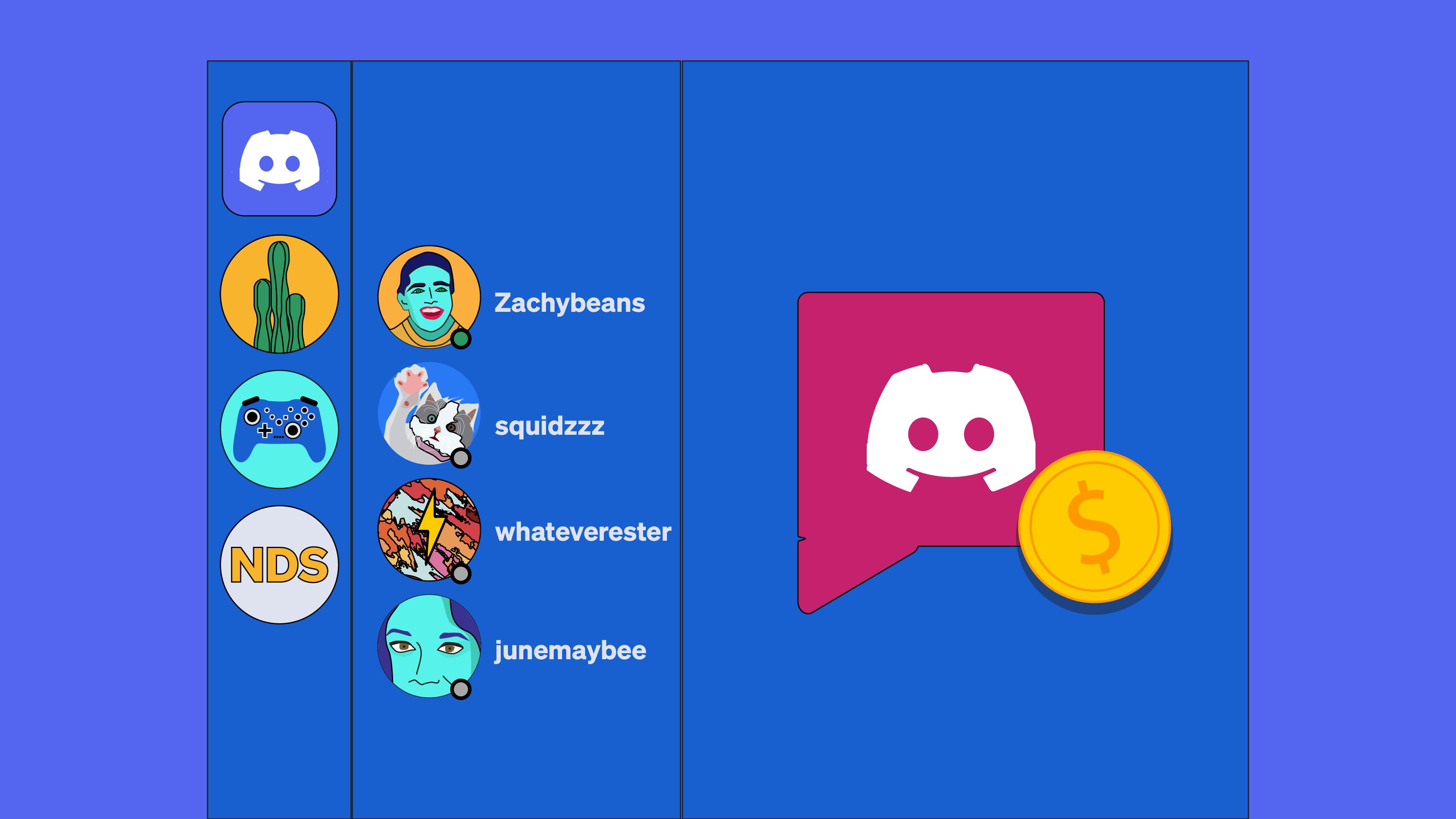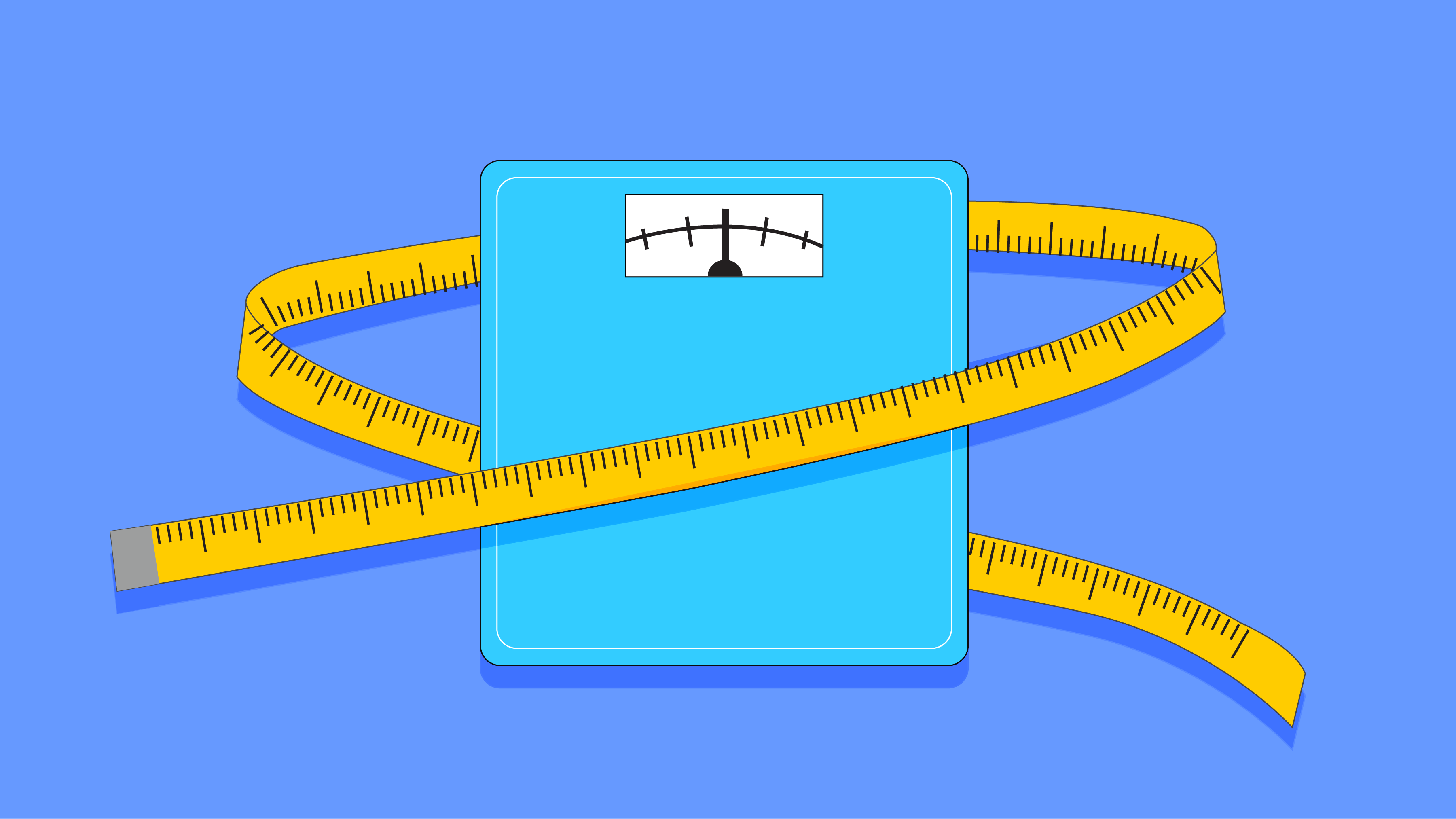Do you have a green thumb and a desire to improve your local community? Starting a community garden may be right up your alley.
Community gardens thrive under the leadership of dedicated individuals, strategic planning, and guidance from a shared council. They play a vital role in fostering community development and building neighborhood relationships.
Additionally, fundraising is crucial for a community garden's financial stability and growth, as it allows the garden to meet its basic needs and continue to develop.
That may seem like lots of work at the get-go, but don't worry! We've got you covered so you can start your community garden with confidence (and a great budget to work with!)
In this post, we'll cover the following:
- What you need to start a community garden
- The benefits of community gardens
- The best way to fundraise for a community garden
What you need to start a community garden
The following includes everything you need to get started:
A group of people
A community garden can be created by any group of dedicated individuals, whether organized or informal, such as friends, neighbors, or relatives. A minimum of 3 to 5 members are needed to start a community garden.
Various organized groups have successfully established gardens, including civic associations, neighborhood centers, youth groups, apartments, and more.
A location
Community gardens can be established on either public or private land, but it is best to have an agreement to use the land for a minimum of five years for more stability.
Public land generally offers a more secure long-term use option. Ideal locations for community gardens include parks, service centers, schools, utility easements, apartments, churches, or synagogues.
It's essential to select a location that is easily accessible to the individuals maintaining the garden. Some gardeners may choose to turn their private land into a community garden with themselves assigned as the resident coordinator, but this can present challenges if the land is sold to another owner, and it may also discourage volunteers from participating.
Some basic gardening knowledge
Gardening is not complex—however, to be successful, it's beneficial to have some training before starting.
There are various opportunities for gardeners to acquire knowledge and skills, such as classes, volunteer opportunities, meetings, and access to a network of experienced community gardeners.
Gardening materials
After your group has developed a plan, secured a location, acquired some gardening knowledge, and obtained some funding, the next step is purchasing materials and selecting tools, fertilizers, seeds, and transplants.
Time and energy for harvest
After a garden is established, the growth and production of crops are relatively quick. Vegetable crops usually take about 45 days to produce from August to November, January to March, and 90 days at other times.
Fruit trees and shrubs may take up to five or ten years to bear fruit, whereas other smaller fruit plants planted in the winter will produce crops in the spring.
Most garden beds require about an hour of maintenance per week. Expect to spend approximately 6 hours each season, four times a year, on planting crops.
When it comes time to harvest, anticipate spending about one hour per week reaping the fruits of your labor.
Money
The cost of building a community garden varies based on its size and design, so it is vital to plan accordingly.
The initial cost for most community gardens ranges from $1500 to $4000. In addition, there will be yearly maintenance costs of a few hundred dollars.
If these costs seem high, it is possible to create a small community garden at a lower price by being resourceful, using found materials for bed edges, and implementing composting techniques to create your own soil.
And don't worry—raising funds for your upcoming community garden is seamless with Braid Pool Links.
Ready to start your community garden and set up your Pool Link? Click here to learn more.
The benefits of community gardens
Community gardens have many benefits, including:
- Promoting healthy eating by providing access to fresh, locally grown produce.
- Bringing people together and fostering a sense of community.
- Providing educational opportunities, such as teaching gardening skills and sustainable practices.
- Improving the physical environment by beautifying neighborhoods and creating green spaces.
- Providing a sense of pride and accomplishment for community members who participate.
- Helping to create a sustainable food system.
- Improving the mental health and well-being of community members.
Whatever your reasoning is for creating your garden, it will benefit everyone who interacts with it in your community.
Get started with a free money pool for your community garden here.
What is the best way to fundraise for a community garden?
There's no reason to open a new bank account for your community garden. Braid has your garden covered, all the way from seed to harvest.
Braid Pools are where you can collect and manage money with your fellow gardeners.
You can also pay for every garden-related expense directly from the pool quickly and transparently.
Here are six more reasons to use Braid for your community garden:
1. Braid is easy to use
Set up your free pool and invite other garden organizers to join in minutes.
When it's time to collect money for garden-related fees, group members pay into the pool using their debit cards.
They don't need a Braid account to contribute; they just need your Pool Link.
And because you don't have to move money in and out of different accounts, you can seamlessly track transactions and stay within your community's budget.
2. Each pool you create is free
Set up your pool and use it for as long as possible without paying any service or maintenance fees.
Organizers, supporters, and donors can pay into the pool with their debit cards without incurring fees or with credit cards for a 3% fee charged tot he contributor. That goes for fundraising dollars, donations, garden supplies, plants, seeds, and more.
There are also no balance limits, so you can add as much or as little money as you want for your garden.
3. Share admin roles with garden organizers
As pool admin, you can assign admin roles to your fellow garden organizers so they can share pool tasks with you.
Admin can view all transactions, receive notifications for all pool activities, invite others to the pool, spend with the Braid debit card, and more.
For example, you can give someone spending permission to do a nursery run and stock up on soil and fertilizer.
However you divide the tasks, everybody can see these miscellaneous activities in your money pools.
4. Share your pool link with donors and sponsors
Like we said earlier, you'll want to raise a few thousand dollars to start your community garden.
Collecting money with Braid Pools is easy because you just need to send sponsors, donors, and supporters your Pool Link. Then, they can send money with their debit card seamlessly.
All the money you collect stays in the pool—a dedicated, convenient place to store your fundraising dollars.
Looking for some community garden fundraising ideas to kick off your herbaceous endeavor? Try hosting an event, auction, or concert. Or, start cold contacting local businesses that may care about sustainability and their community.
5. Create as many pools as you want
You may create multiple pools for different expenses relevant to the project with your gardeners.
For example, you may collect donations from outside supporters into one pool, then divide these funds into separate pools for carpentry, land, supplies, etc.
You can also allow different income streams for the garden into separate pools. For example, "Donations", "Sponsor Money", and more.
You get to decide what works best for your project! Braid is flexible.
Another reason people love using Braid is that it keeps your community garden's money separate from personal accounts. And you don't have to start a new bank account or transfer money in and out of other services.
Your garden's money comes into your pool and stays there until you spend it with the Braid debit card.
6. Pay with the Braid debit card
Every pool comes with a free digital Braid debit card to use anywhere. You can also request a physical card to pay for in-person purchases.
As pool admin, you can set spending permissions so other garden members can spend with you and split up tasks effectively.
And don't fret about staying within budget—set spending limits per card user so everyone stays within their means.
If you ever need to freeze the card, you can do so quickly in the app. And since the Braid card doesn't include transaction or overdraft fees, you get to spend 100% of what you collect for your community garden.
Your community garden can be fruitful with Braid. The pools can simplify community money and fundraising and simplify handling finances.



